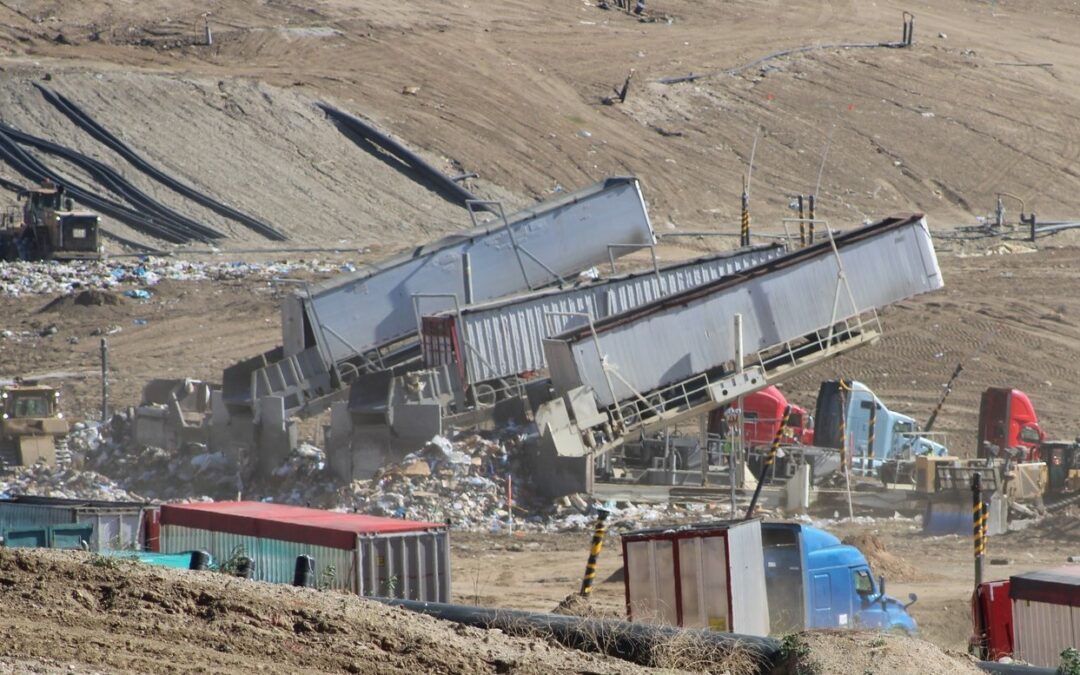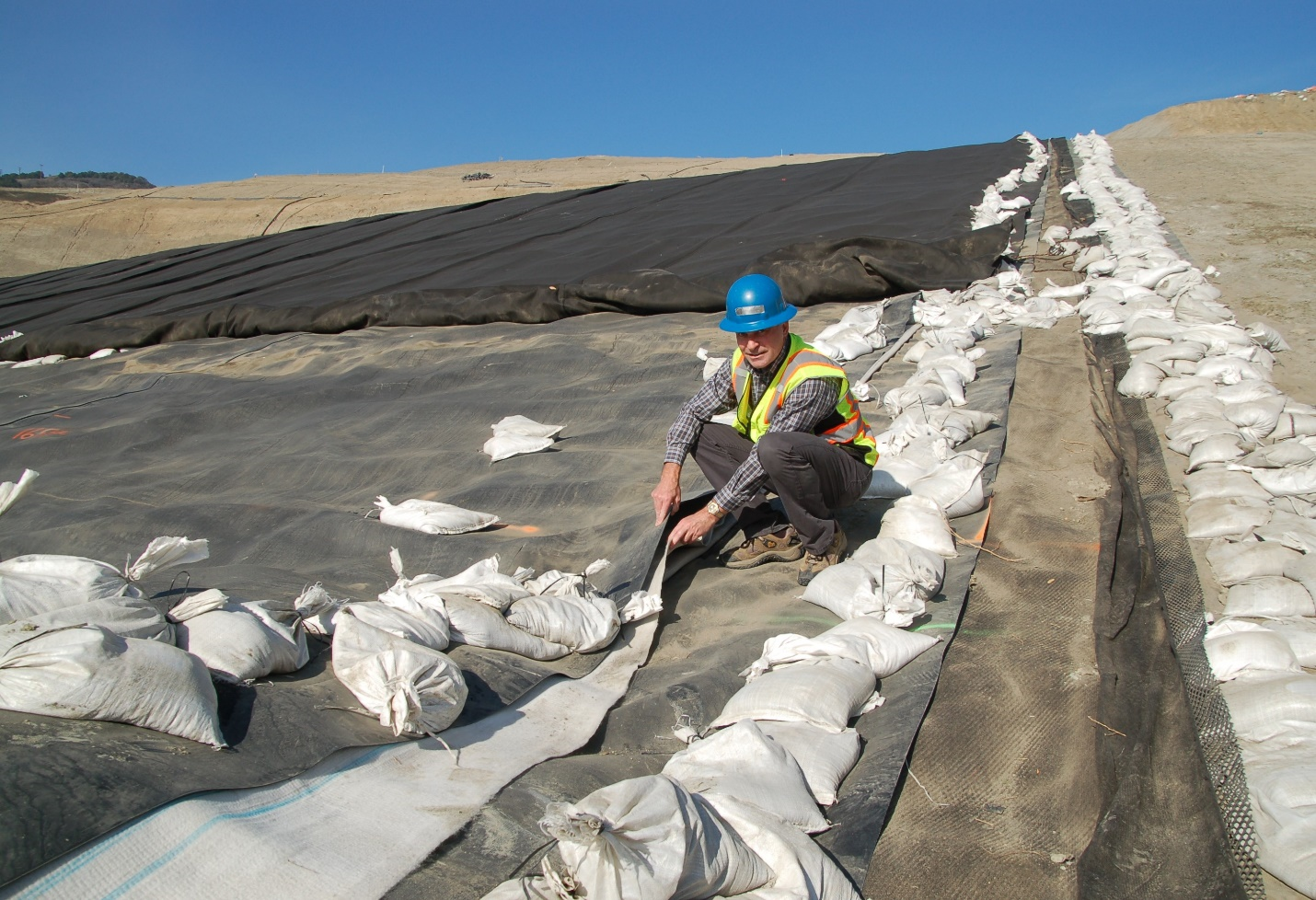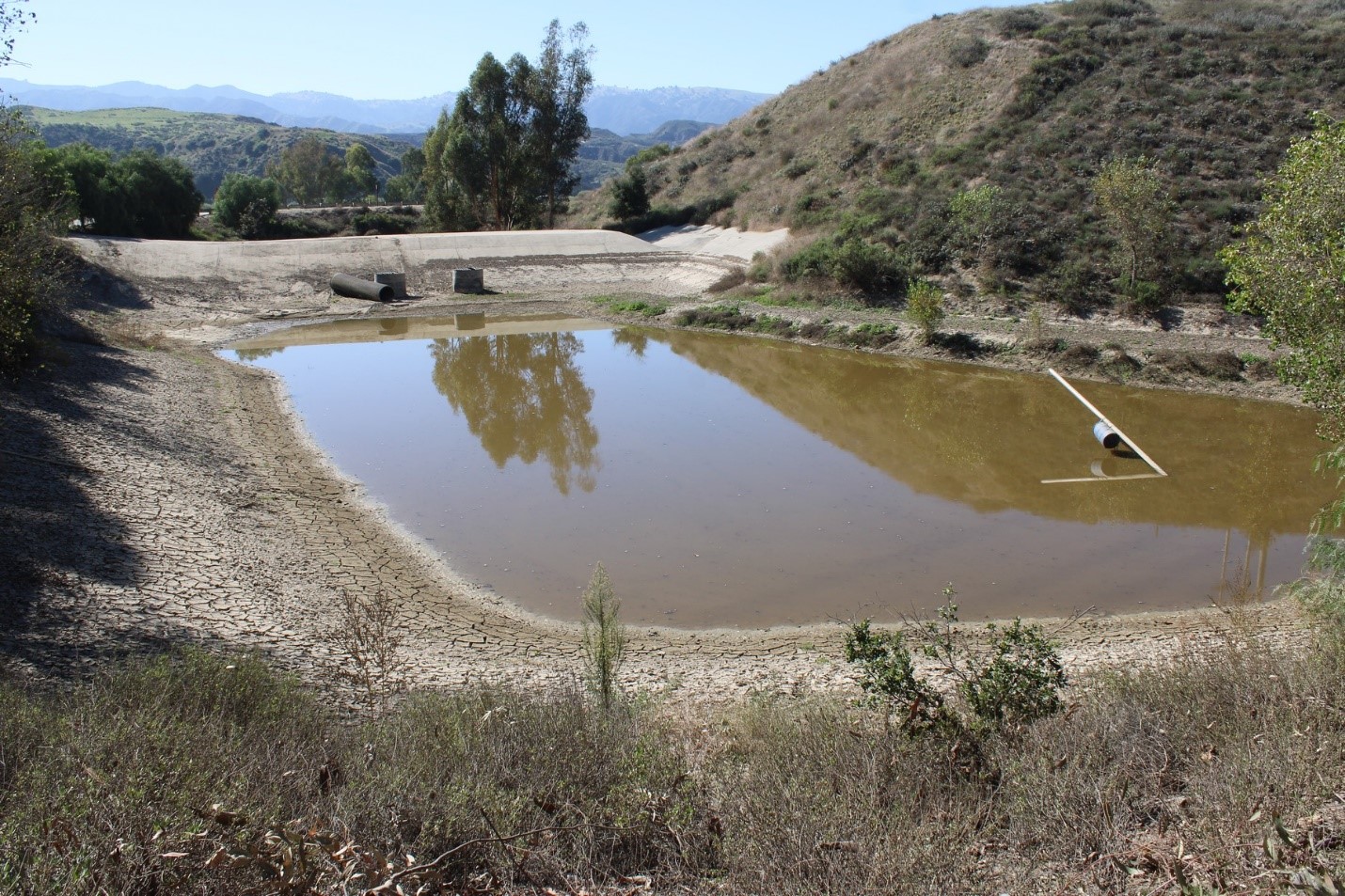Monitoring the active working area at Sunshine Canyon Landfill, October 2023.
Landfill Operational Compliance Monitoring: A Crucial Component of CUP Adherence
Landfills play an indispensable role in managing solid waste, but their operations must adhere to strict regulations and guidelines established by local authorities. The Conditional Use Permit (CUP) is a legal instrument often used to regulate landfill activities, ensuring that they operate within the prescribed boundaries. UltraSystems has extensive experience monitoring landfill operations for CUP compliance, which is a vital task that helps protect the environment, public health and community interests.
Why CUP Compliance Monitoring Matters
- Environmental Stewardship
Landfills can have significant environmental impacts if not managed properly. Monitoring CUP compliance is crucial to ensure that the landfill operation minimizes harm to air and water quality, preserves natural habitats, protects cultural and paleontological resources, and mitigates emissions of greenhouse gases. UltraSystems specializes in all of these disciplines as they relate to landfill environmental impacts.
- Public Health and Safety
CUP compliance monitoring also safeguards public health. It ensures that the landfill’s operation is conducted in a manner that minimizes odors, dust, noise, and other nuisances that could negatively affect the well-being of nearby residents. UltraSystems routinely monitors for health and safety conditions within the community that surrounds active landfills.
- Regulatory Adherence
Adhering to the conditions outlined in a CUP is essential for legal and regulatory compliance. A failure to meet these conditions can result in legal consequences and even the revocation of the permit. Our regulatory expertise is often called upon by local and state agencies, including technical advisory committees, local enforcement agencies, and City and County planning and public works departments.
Mike Lindsay inspecting geomembrane placement for new disposal cell.
Components of Effective CUP Compliance Monitoring
Regular Site Inspections. UltraSystems provides regular inspections of the landfill site which are essential for assessing its compliance with CUP conditions. These inspections are conducted by qualified personnel who are well-versed in local regulations and environmental standards, and use the CUP conditions as a compliance checklist.
Documentation and Reporting. Accurate record-keeping is paramount. Our monitoring teams maintain comprehensive records of site inspections, any deviations from CUP conditions, and corrective actions taken. These reports are crucial for demonstrating compliance during regulatory audits, and help the community to understand various operational issues that may impact their lives. UltraSystems submits quarterly monitoring reports to City and County agencies that address conditions that are working towards compliance, need further review, or are out of compliance. Site reports, meeting logs and site photos help tell the reader about the operational status of a landfill for each quarter. These reports are typically published on the agency’s website.
Air and Water Quality Monitoring. Landfills can release pollutants into the air and water, affecting the surrounding environment. Continuous monitoring of air and water quality helps detect and address any breaches in CUP conditions promptly. Review of perimeter well data is key for detecting landfill gas and leachate migration before they become a larger problem.
Odor and Noise Monitoring. Odor and noise complaints from nearby communities are common issues associated with landfills. Monitoring these aspects is essential to identify and mitigate nuisances in real-time, often by direct communication with the landfill operator, so they can adjust their procedures to help counter the operational impacts. This can include moving working areas to a more remote cell, utilizing tarps to cover soils sooner in the day, adding odor neutralizing mister systems, or turning on orchard fans to redirect odors due to unfavorable wind conditions.
Data Analysis and Trend Identification. Monitoring programs should include data analysis to identify trends and potential issues. Data-driven insights can inform proactive measures to maintain CUP compliance.
Public Engagement. Involving the community in the monitoring process can build trust and help identify compliance issues that may not immediately be apparent. Regular communication and public meetings can provide a platform for residents to voice concerns. UltraSystems attends monthly community action committee meetings in order to stay abreast of current concerns.
Monitoring sediment basin compliance at Chiquita Canyon Landfill, October 2023.
Consequences of Non-Compliance
Landfills found to be in violation of CUP conditions can face serious consequences, including:
- Fines and penalties by regulatory authorities that can be imposed for non-compliance, which can be financially burdensome for landfill operators.
- Repeated or severe violations can lead to the revocation of the CUP, resulting in the closure of the landfill.
- Non-compliance may even lead to legal action, including lawsuits by affected residents, further escalating the financial and reputational costs.
Third-party, independent Conditional Use Permit (CUP) compliance monitoring by UltraSystems is a critical aspect of the landfill operation procedures that we perform. Ensuring adherence to the conditions outlined in our Client’s CUP is not only a legal requirement, but also a moral obligation to protect the immediate environment, community health and local resident interests. By implementing effective monitoring strategies and promptly addressing any compliance issues that arise, UltraSystems assists landfill operators to maintain a sustainable and responsible waste management system.




